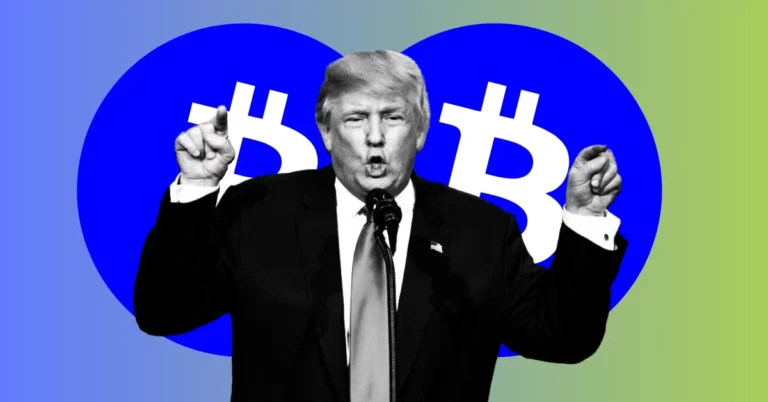In recent discussions, Christopher Waller, a Federal Reserve Bank Governor, highlighted a significant shift in the financial landscape—stablecoins. These digital currencies, pegged to stable assets like the US dollar, could reshape how we think about money and payments. With the US national debt surpassing $35 trillion, understanding stablecoins becomes crucial for anyone interested in finance and economics.
What Are Stablecoins?
Stablecoins are cryptocurrencies designed to maintain a stable value by being tied to a reserve asset. For example, one stablecoin might always equal one US dollar. This stability makes them different from more volatile cryptocurrencies like Bitcoin, which can fluctuate wildly in value.
Why Are Stablecoins Important?
- Lower Costs and Faster Transactions: Waller emphasized that well-regulated stablecoins could cut down on payment intermediaries, which are third parties involved in financial transactions. By reducing the need for these middlemen, stablecoins can lower transaction costs and speed up payment processes globally. Imagine sending money to a friend in another country instantly without hefty fees—that’s the potential of stablecoins.
- Economic Stability: Waller also mentioned that stablecoins could serve as a “safe asset” in various trading platforms. This means that they could provide a secure way to store and transfer value, especially in a financial system where traditional options might be uncertain or risky.
- Support for Traditional Finance: There’s a common misconception that decentralized finance (DeFi) will completely replace traditional finance. However, Waller argues for a symbiotic relationship between the two. This means that stablecoins and DeFi can work alongside conventional financial systems to enhance them, rather than replacing them entirely.
- Dollar Dominance: Former Speaker of the House Paul Ryan pointed out that stablecoins could help maintain the US dollar’s position as the world’s leading currency. With demand for stablecoins directly linked to the US dollar and government securities (like US Treasurys), promoting stablecoins can keep the dollar competitive against currencies like the Chinese yuan.
- Regulatory Developments: There are ongoing efforts in the US to regulate stablecoins better. Recent bills, like the Clarity for Payment Stablecoins Act, aim to create clearer guidelines for stablecoin usage, ensuring they are safe and regulated. This regulatory clarity could lead to more people trusting and using stablecoins.
Why Should You Care?
- Financial Literacy: Understanding stablecoins can enhance your financial literacy and make you more informed about modern payment systems and investments. As the world shifts towards digital finance, knowing how these technologies work is crucial.
- Investment Opportunities: Stablecoins may present new investment avenues. As they gain popularity and regulatory clarity, they could become a stable alternative for investors looking to avoid volatility while still participating in the cryptocurrency market.
- Economic Awareness: With the US national debt growing rapidly, grasping how stablecoins interact with government policies and international currencies can provide insight into broader economic trends. This knowledge can help you make informed decisions about your finances.
- Innovation and Adaptability: The rise of stablecoins reflects the innovation happening in the financial sector. By staying informed, you can adapt to these changes and be at the forefront of financial technology advancements.
Key Terms to Remember:
- Stablecoins: Digital currencies pegged to stable assets, designed to maintain a stable value.
- Decentralized Finance (DeFi): A financial system built on blockchain technology that operates without central authorities.
- US Treasurys: Government bonds issued by the US Department of the Treasury, considered a safe investment.
- Regulation: Rules and laws governing how financial products, including stablecoins, can operate.
Conclusion
The discussion around stablecoins is not just technical jargon; it’s a conversation about the future of money. As the financial landscape evolves, staying informed about innovations like stablecoins can empower you to navigate these changes effectively. Whether you’re considering investing or simply want to understand how money is changing, knowing about stablecoins is a step in the right direction.



